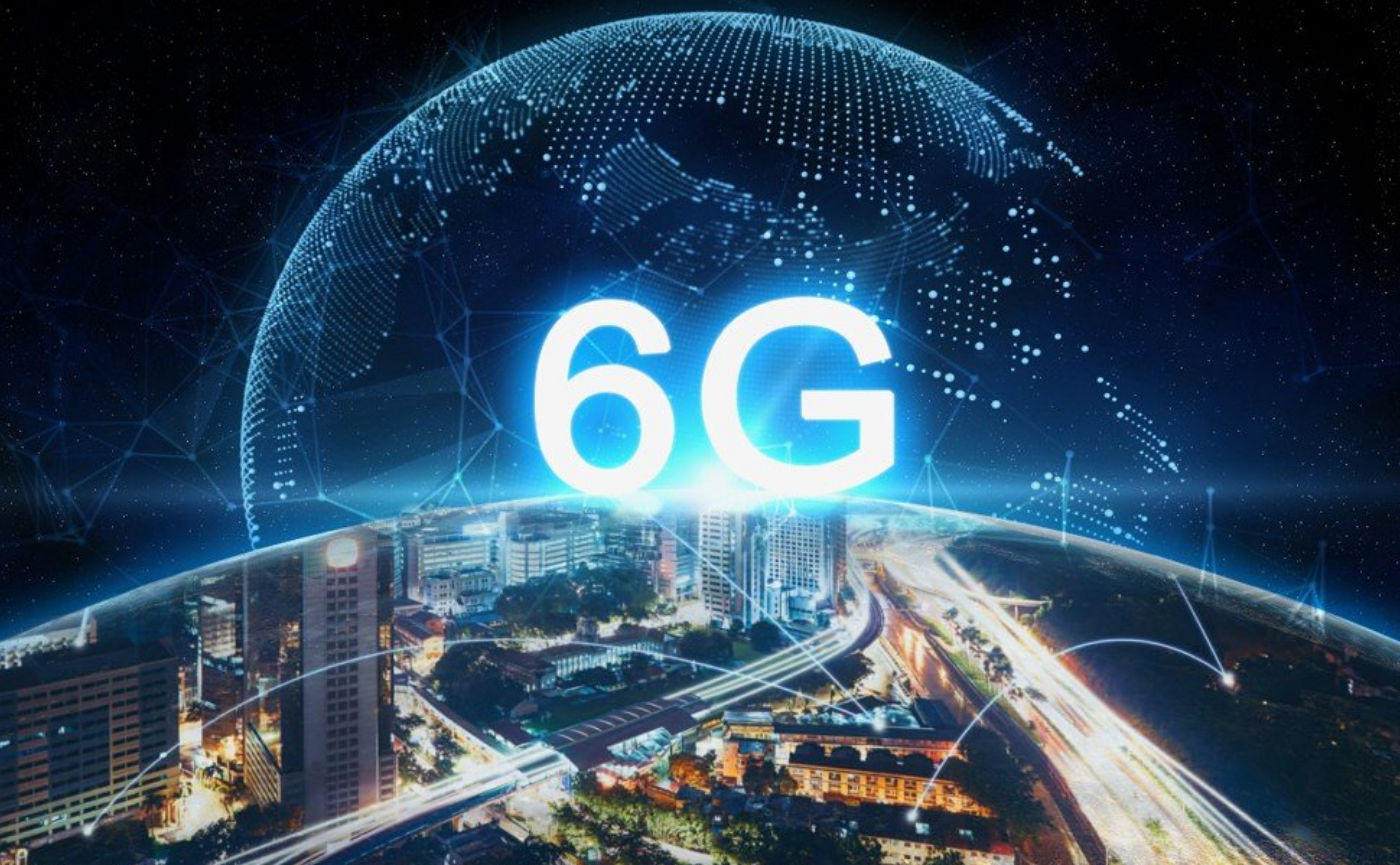In the future, mobile telephones will go into history in the form of how we know them. The next-generation mobile technology allows making many new things in the mobile world that are been impossible before. The next step for mobile technology is the thing called mixed reality.
In some versions of the mixed reality, the person wears intelligent HUD glasses. That are transmitting data to the eyes. Those screens can transmit data about sales and the train timetables. But the most incredible thing in mixed reality is the so-called BCI (Brain-Computer Interface). The thing is that the future mobile telephone can operate by using neural electricity.
The term BCI means that the person interacts with computers by using EEG waves. The BCI technology allows technical remote viewing. If two persons are using the microchips that are developed to control prostheses they could also see and feel things that the other sees and feels.
The robots can send everything that they hear and see to the computer screen. So things like robot gorillas can transmit information about the gorilla groups. But they can also transmit data about things like illegal hunting. The man-looking robots can operate in the deep undercover missions and send data to the control center.
The EEG signals can be transmitted over the internet. And in the best cases, the system can project things that person sees to the computer screen. And things that a person hears can also transmit to the loudspeakers.
The BCI system makes it possible that the person can communicate with machines without borders. The origin of the BCI systems is in the microchips that are installed in people's brains for controlling the prosthesis. But the same microchips can also control the computers.
This system is called neuro-port. But the fact is that the BCI system will not need surgical operations. The EEG sensors that are needed in this system can wear like a hat. The system is based on the idea that a person can control computers by using intelligent HUD glasses. The system detects the point where the person looks by observing the position of the macula lutea. And selecting the symbol can be done by blinking the eye.
When the user points the eye to a certain symbol. The system detects the EEG that this symbol triggers. And then that trigger is sent to computers. The person can also wear a ring that detects the movements of the finger and the user can simply control the placement of the cursor on the HUD screed by moving the hand and snapping the finger.
The ultimate version of mixed reality has based on the idea that the data signals are sent straight to the cortex. If that thing is made by using the system, called "data hat". The idea is that these kinds of systems are easy to wear and their users don't need surgical operations.
Because the electromagnetic stress will come straight to the cortex the person would not even recognize does the sense come from the data hat or does it come from the senses of the person's own body? That thing allows controlling robots by using EEG waves. The ultimate version of the mixed reality requires very good data security because the person who uses this kind of system cannot separate reality and virtual reality.

Comments
Post a Comment